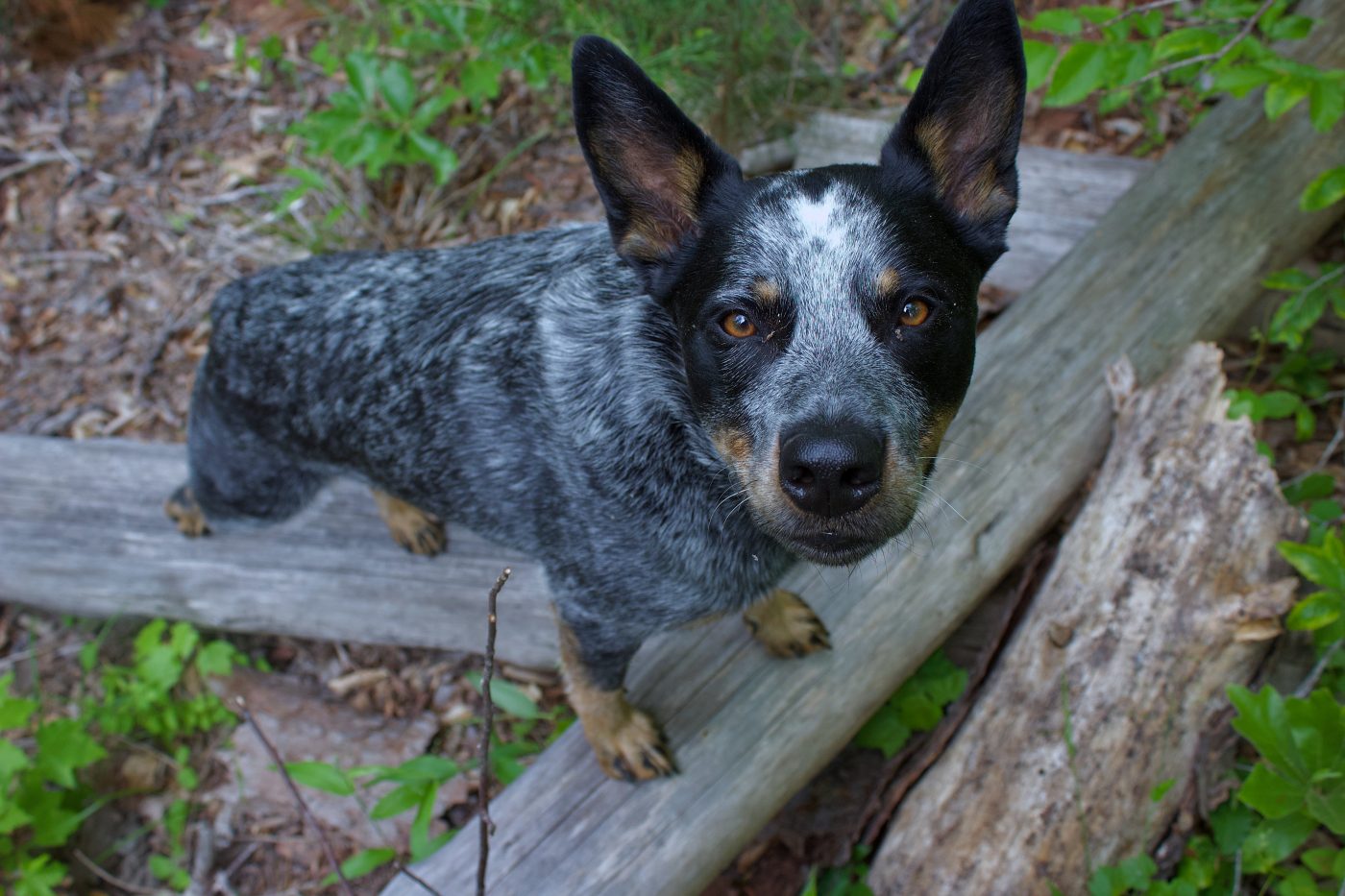The Australian Cattle Dog, also known as the Blue Heeler or Queensland Heeler, is a highly energetic and intelligent breed, bred originally for herding cattle in Australia. Their high energy levels, intelligence, and strong work ethic often lead potential owners to question whether they are suitable for apartment living. This article delves into various aspects of keeping an Australian Cattle Dog in an apartment, focusing on their space requirements, exercise needs, temperament, training, and overall care.
1. Understanding the Australian Cattle Dog Breed
Australian Cattle Dogs are medium-sized, robust, and active dogs, known for their agility, strength, and endurance. They typically weigh between 30 to 50 pounds. They possess a strong herding instinct and are known for their loyalty and protective nature. It’s essential for potential owners to understand these traits, particularly when considering apartment living.
2. Space Requirements for Australian Cattle Dogs
While Australian Cattle Dogs are not large in size, their high energy levels mean they do best with ample space. In an apartment setting, they need enough room to move around freely and a space where they can play and be active. A small apartment may be challenging for this active breed.
3. Exercise Needs in an Apartment Setting
Australian Cattle Dogs are known for their high energy and need for regular, vigorous exercise. Daily walks, runs, and ample playtime are essential to keep them healthy and prevent behavioral issues. In an apartment, owners must be committed to providing sufficient outdoor exercise and mental stimulation.
4. Grooming and Maintenance
Australian Cattle Dogs have a short, easy-to-care-for coat. Regular brushing is sufficient to keep their coat healthy, and they only require occasional baths. In an apartment, regular grooming helps manage shedding and maintain cleanliness.
5. Temperament and Socialization
Australian Cattle Dogs are intelligent, loyal, and can be protective of their family. They can be wary of strangers and may exhibit herding behaviors. Early and continuous socialization is crucial to ensure they are well-adjusted and comfortable in various environments, including the close quarters of an apartment.
6. Training and Behavior Management
Due to their intelligence and work ethic, Australian Cattle Dogs are highly trainable. However, their independent nature requires consistent and positive training methods. In an apartment, training is essential for managing their energy and herding instincts.
7. Noise Levels and Barking
Australian Cattle Dogs can be vocal, especially if bored or under-exercised. In an apartment setting, managing their barking through training and providing sufficient exercise is important to maintain a peaceful environment and good relationships with neighbors.
8. Compatibility with Children and Other Pets
Australian Cattle Dogs can coexist well with children and other pets, particularly if raised with them. However, due to their herding instinct, interactions with small children and pets should be supervised. Proper socialization is essential to foster positive interactions.
9. Health Considerations in Apartment Living
Australian Cattle Dogs are generally a healthy breed, but like all dogs, they have specific health concerns. Regular veterinary check-ups, a balanced diet, and adequate exercise are important, especially in an apartment setting where space for physical activity might be limited.
10. Considerations for Hot and Cold Weather
Australian Cattle Dogs are adaptable to various climates but should be protected from extreme temperatures. In an apartment, ensuring a comfortable living environment in both hot and cold weather is essential for their well-being.
Conclusion
In conclusion, an Australian Cattle Dog can live in an apartment, but it requires a significant commitment from the owner. Prospective owners should consider whether they can provide enough exercise, mental stimulation, and appropriate training before deciding to bring an Australian Cattle Dog into an apartment setting. With the right care, environment, and attention, an Australian Cattle Dog can be a loyal and active companion, adapting well to the apartment lifestyle while still maintaining their energetic and joyful spirit. However, the decision to keep such an active and intelligent breed in a confined space should be made with careful consideration of the breed’s needs and the owner’s ability to meet them.
Frequently Asked Questions An Apartment Owner Might Ask Before Getting An Australian Cattle Dog

 Toledo, United States.
Toledo, United States.
